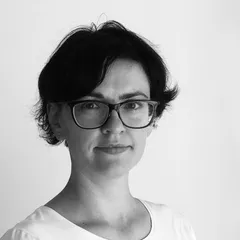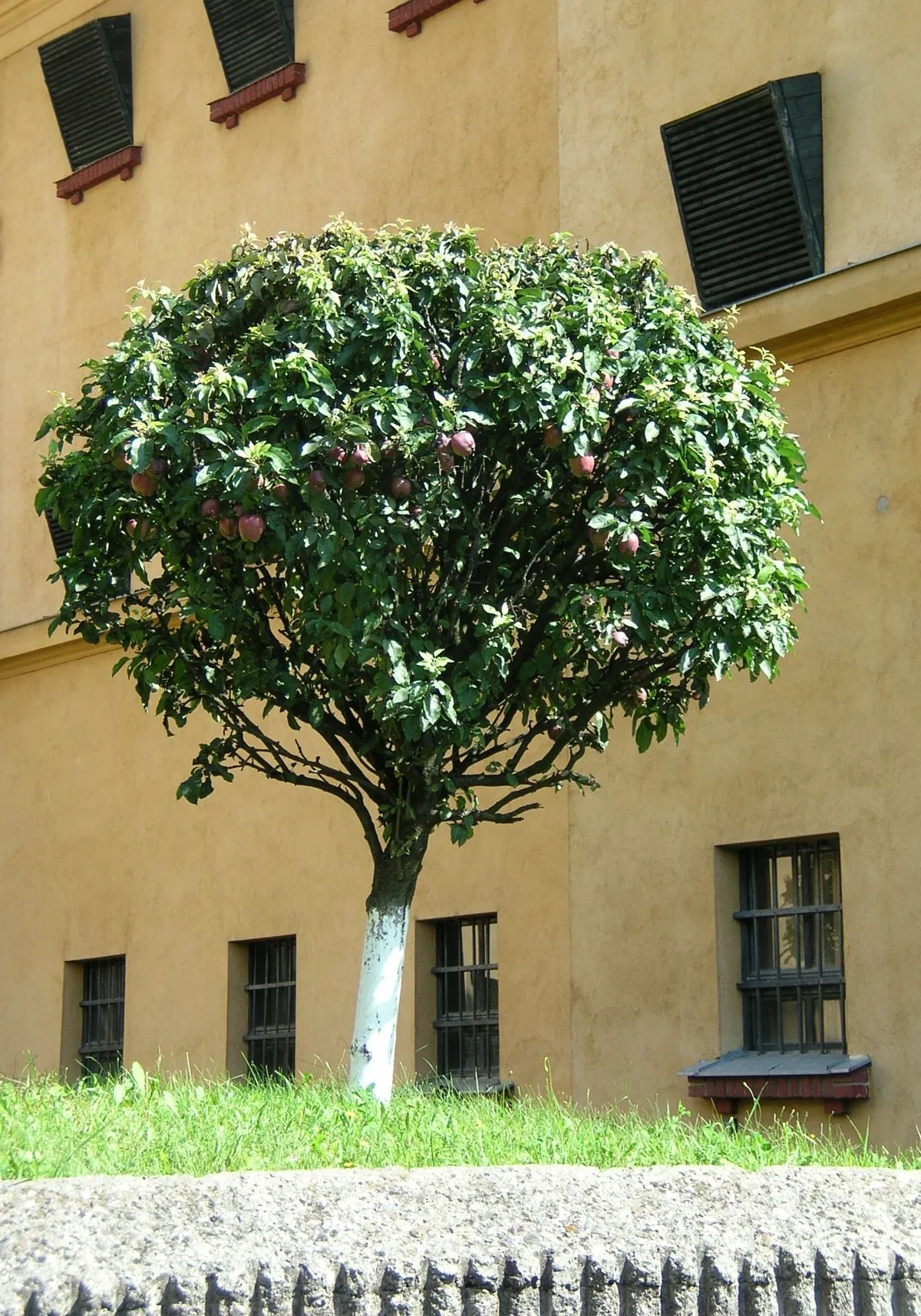
1/1

Author(s) / Team representatives
Rodica Dina
Profession
arhitect
Photo/design credits
Rodica Dina
Text presentation of the author in English
Rodica Dina is an architect based in Bucharest, having a professional path defined by a form of learning based on apprenticeship. She practised at SYAA, Radu Mihăilescu’s office, PRODID and ADNBA and currently is a PhD student at Ion Mincu University of Architecture and Urbanism and Accademia di Romania in Roma. Her research focuses on the growing distance between the architect’s studio and the construction site, and the ambiguous place of the architect in the middle of a complex, constantly changing process. Her professional interests focus on small scale projects, the work with existing buildings and the vernacular heritage. Some of the projects she has been involved with were awarded in national competitions. Last published work, Pe Topolog în Sus, is a collective research on the vernacular architecture in the upper part of the Topolog river valley, in the context of the current complex changes in the rural environment.
Text abstract in English
In 2011 I was visiting Florence for the first time. It was a belated discovery, but one that occupied my intuition and that I had waited a long time for. I had one day at my disposal, a small map and no predetermined visit plan (back then we didn't have Gmaps on the phone screen, and the relationship with the city was direct). So I let myself be carried away by the city. And the city took me first to Santo Spirito, at the small entrance from Via Romana into the Boboli Gardens. What that day was to offer me was a founding wonder that has never left me since then and to this day.
Although it came from a garden, and not from some famous mentor architect or some well-known building from a thick tome of architectural history, the great lesson was there: the ordering of the world is done with generous thought, but with simple and few gestures and with what is already given. My wonder was in front of a simple beauty, in which nothing was new, though everything was novel. The colonnaded meadow and the cypress-lined path were written in my deep memory precisely because they were re-arranging what was already there. I would later identify this subtlety in many of the famous examples of architecture, old or new, that I had already learned about at school, visited, or discovered later in my professional work.
“Architecture is never alone” says Jeremy Till. But beyond the socio-political dimension of architecture’s dependence on the context in which and for which it is conceived, and the dependence of the act of making architecture on the complex human network involved in its elaboration, the present text also aims to investigate a dependence of architecture on the immediate dimension of the place that is to accommodate it. It is a plea for an education centered on the awareness that architecture is not a sum of exceptions (as often remains written in the student’s mind), and the city is not a system of artifacts, but a continuous process of transformation, which requires the architect's willingness to relate. Great architecture is often imperceptible.
